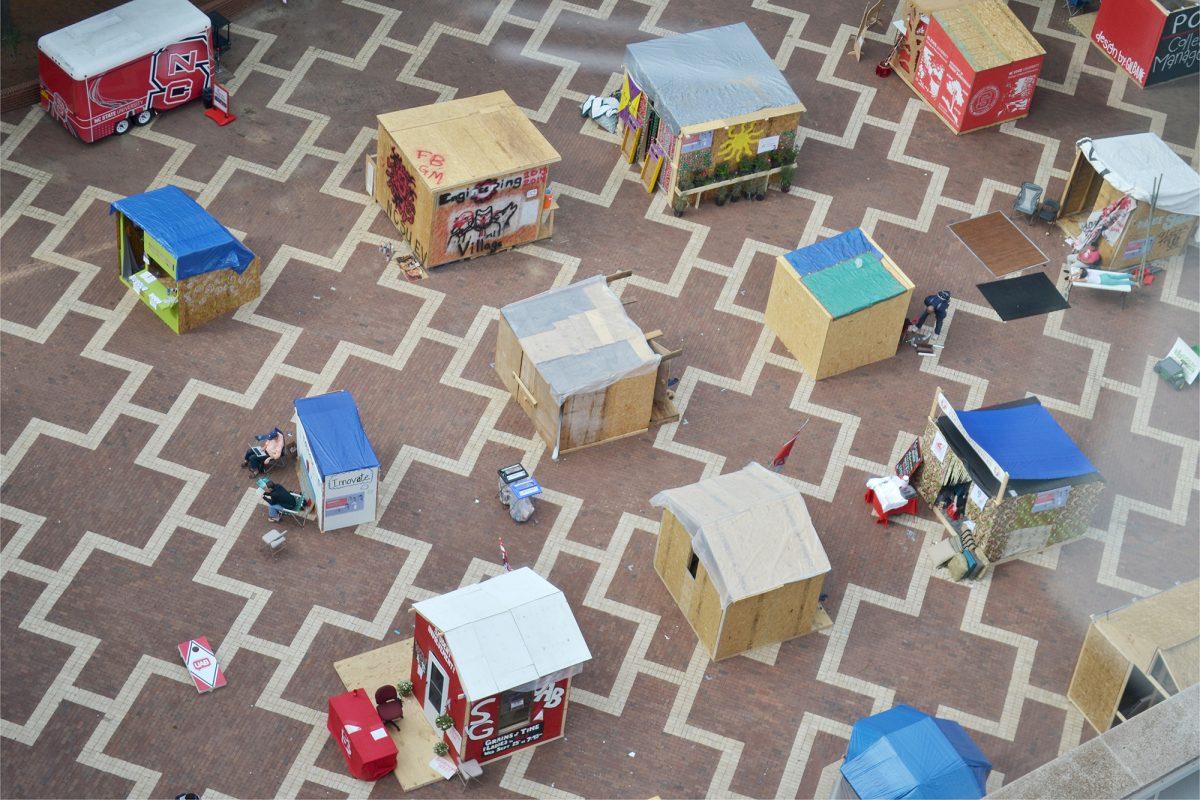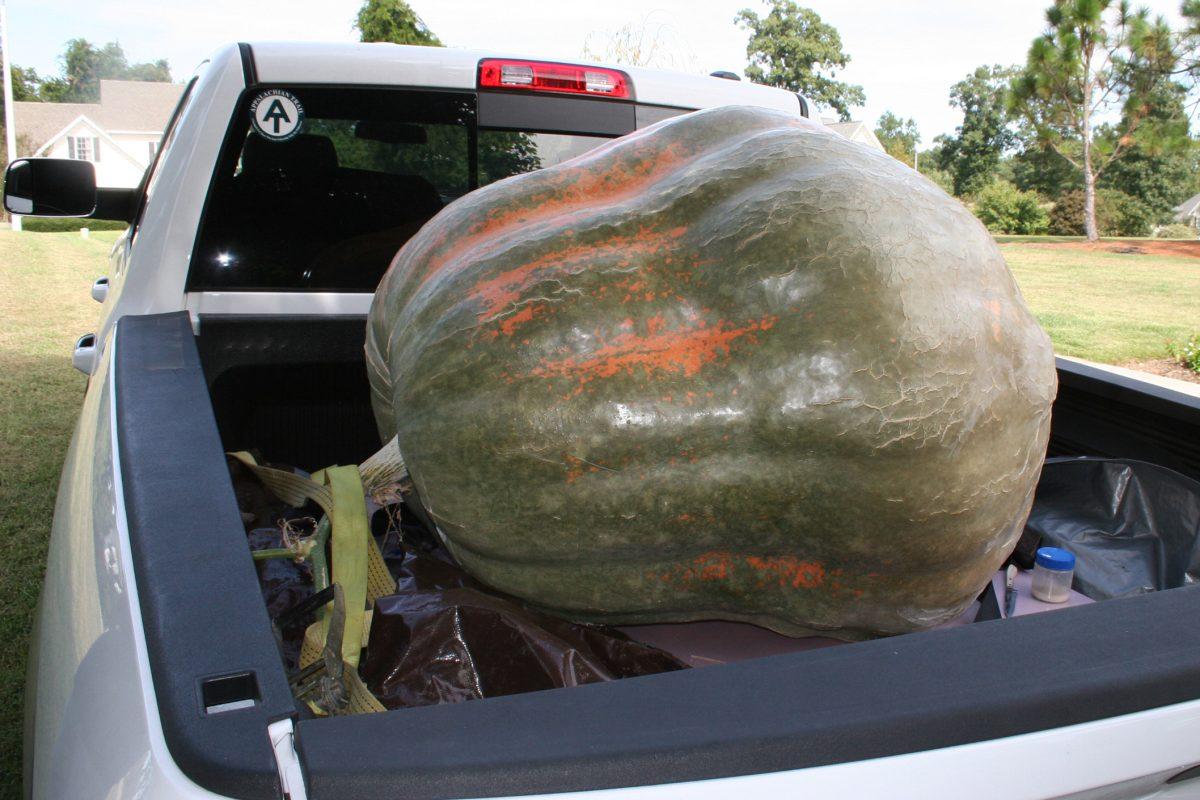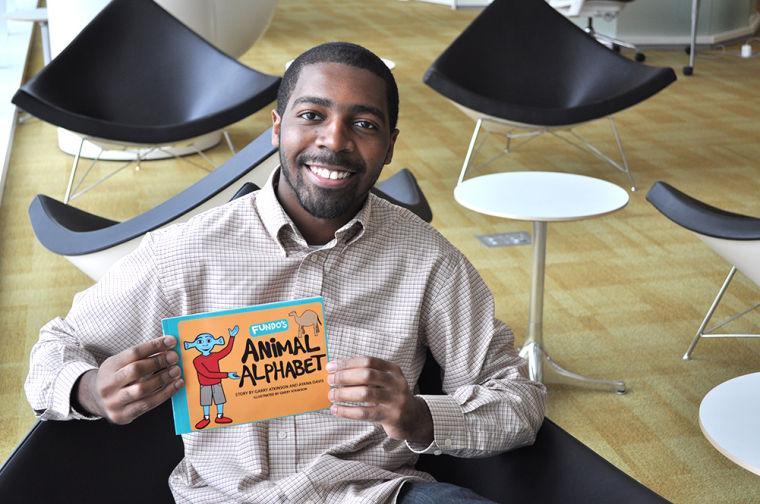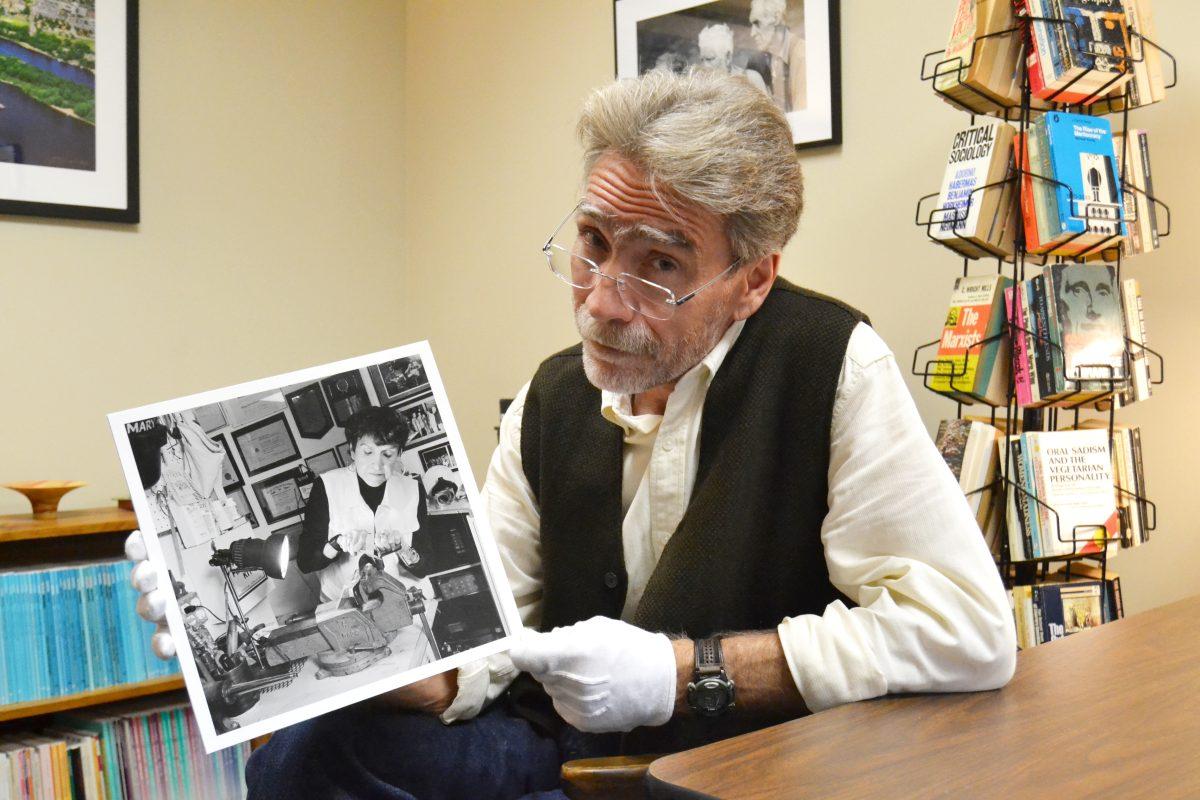N.C. State’s Shack-a-Thon broke its fundraising record this year but is still set to raise more than $30,000 by Oct. 5.
Student organizations occupied self-made shacks in the Brickyard last week beginning Monday morning for N.C. State Habitat for Humanity’s Shack-a-Thon.
Although students deconstructed their shacks Saturday, they raised $28,593 as of Sunday night—just more than 2012’s $28,310.
Sarah Paluskiewicz, Shack-a-Thon chair and sophomore in polymer and color chemistry, said Shack-a-Thon is slated to have its most successful year as the final money count is expected to reach more than $30,000.
The event relies heavily on online donations and essentially fulfills two roles, Paluskiewicz said.
“It’s both a fundraiser and an awareness event,” Paluskiewicz said. “We’re trying to raise awareness for poverty housing and below-standard living.”
All proceeds of Shack-a-Thon go to Habitat for Humanity of Wake County. Student organizations and groups of organizations build their own shacks and often cycle members in and out—no shack can be unoccupied at any time during the week.
“Typically we have more organizations who want to be involved than we have spaces available,” Paluskiewicz said. “This year I talked to the fire marshal and I was able to increase from 17 shacks to 20.”
The shacks serve as physical representations of Habitat For Humanity’s cause, constructing affordable homes for those in poor living conditions.
“While we’re still fundraising [as] Habitat For Humanity club, we’re putting the grunt work of it on other people,” Paluskiewicz said. “I think Shack-a-Thon is kind of an ingenious event because it’s actually getting other student groups to compete against each other to fund raise.”
Every shack is required to bid at least $250, the only group bidding this minimum being the College of Textiles, which was put at a disadvantage in joining a week and a half before the event. Greek Unity raised up to $850 with the combined help of a few different fraternities and sororities.
“Most of the donations I’m finding are actually online,” Paluskiewicz said. “It used to be that almost all those donations were from little fundraisers like this on the Brickyard.”
N.C. State’s Habitat For Humanity gave each participating organization access to create a website on Kintera.org, where more than $25,000 of Shack-a-Thon’s money was raised this year. Instead of relying on Brickyard crowds, organizations used social media to fundraise—the shacks serve Habitat For Humanity in awareness more than it does in fundraising.
“It is such a labor intensive effort,” Paluskiewicz said.
Participating groups constructed shacks between 8 a.m. and noon last Monday and were required to occupy the shacks 24-hours a day during the week.
“This year I noticed there was a bit of a struggle with morale,” Paluskiewicz said. “I think people were just physically tired by the time Wednesday, Thursday and Friday were rolling around.”
Paluskiewicz said Habitat organized group activities such as cornhole, tunnel painting and hide-and-go-seek to counteract the lethargy.
On Saturday, groups were required to deconstruct their shacks. Some donated the wood from their shacks back to Habitat For Humanity for a “soft money” prize, according to Paluskiewicz.
Soft money prizes add numbers to a group’s competitive total, but they aren’t money donations.
“So we’ll add, say, $100 to their competitive total,” Paluskiewicz said. “We aren’t actually giving them $100 but it kind of adjusts where they are in the rankings.”
While raising money and awareness to combat homelessness is important, groups’ having an opportunity to promote themselves is also an important part of Shack-a-Thon, Paluskiewicz said.
“I think Shack-a-Thon is at its best when we’re advertising about Habitat and standard of living but also when these clubs are advertising for themselves,” Paluskiewicz said. “Just promoting themselves and diversity on campus is just fantastic.”





